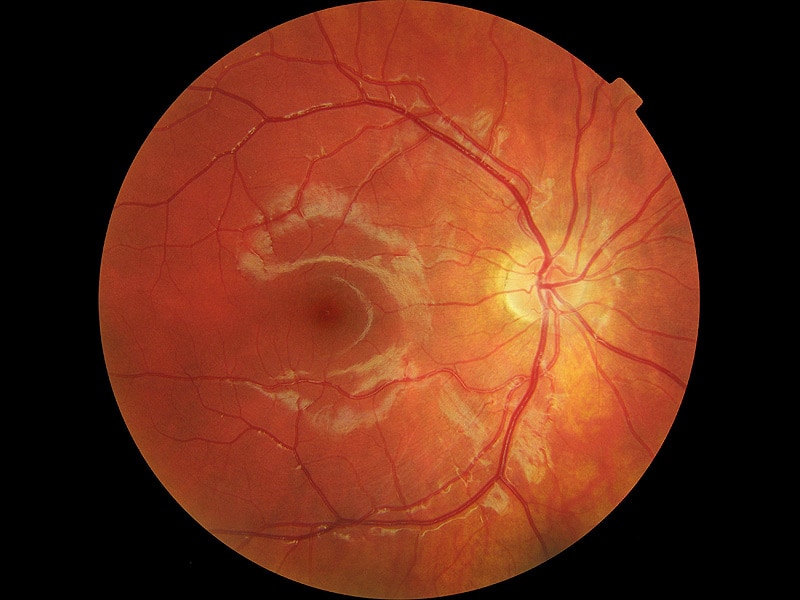
Low Vitamin D Levels Linked to Macular Degeneration Risk
Adults with the lowest concentrations of circulating 25-hydroxyvitamin D (25OHD) had the highest risk for age-related macular degeneration (AMD), according to a new systematic review and meta-analysis published online April 2 in Maturitas.
"The findings of the present meta-analysis strengthen the idea that there might be a link between vitamin D deficiency and AMD, notably at the late stages of the disease (P=0.002)," write Cedric Annweiler, MD, PhD, from Angers University Hospital in France, and colleagues. "It may therefore be possible that correction of vitamin D deficiency could improve the prognosis of AMD."
The researchers used a Medline search through November 2015 to identify 11 studies that met their selection criteria, out of an initial 243 found. The criteria included observational or interventional studies and outcomes based on data about AMD diagnoses (in at least one eye) and circulating vitamin D concentration.
Among the studies, seven were cross-sectional, one was a case series, one was a case–control study, one was a retrospective longitudinal cohort study, and one was a discordant sibling cohort. They ranged in size from 65 to 17,045 participants; from 31 to 1440 participants had AMD. The researchers categorized AMD as whole, early, or late. All the studies had been published since 2007.
A meta-analysis of three studies, including 1126 participants with macular degeneration and 8206 without, found that those with macular degeneration had circulating vitamin D levels an average 15% (95% confidence interval [CI], −41% to 11%) lower than those without macular degeneration, but the difference was not significant (P = .272).
In a second analysis, those in the highest quintile of circulating vitamin D levels had the lowest odds of AMD compared with those in the lowest quintile. Those with the highest vitamin D levels had 83% lower odds of AMD (odds ratio [OR], 0.83; 95% CI, 0.71 - 0.97) and 47% lower odds of late AMD (OR, 0.47; 95% CI, 0.28 - 0.79) compared with those with the lowest levels.
In addition, participants with less than 50 nmol/L circulating vitamin D had more than twice the odds of late AMD (OR, 2.18; 95% CI, 1.34 - 3.56) than those with higher concentrations. However, this association dropped out of significance when all AMD cases, regardless of stage, were considered (OR, 1.26; 95% CI, 0.90 - 1.76).
Although the authors argue for the possibility that low vitamin D levels may contribute to AMD, they state that vitamin D deficiency may not fully explain development and worsening of the condition. Further, it is unclear whether vitamin D supplementation would be protective against developing AMD.
They also acknowledge that no validated theory currently exists that can fully explain an association between circulating vitamin D levels and late-stage AMD, and that lower vitamin D levels may result from macular degeneration.
"In this scenario, the primary abnormality would be low vision due to AMD, followed by related loss of functional autonomy, reduction in dietary intakes and sunlight exposure, which can ultimately cause vitamin D deficiency," the authors explain. "This hypothesis, although not invalidated by the single longitudinal study reported here, was yet not supported by the fact that most [ORs] used here were adjusted for body mass index and/or for season/sunlight exposure time/recreational physical activity."
No external funding was used for the study. The authors have disclosed no relevant financial relationships.
Maturitas. Published online April 2, 2016. Abstract
Vitamin D lack can prompt lost bone thickness, which can add to osteoporosis and breaks (broken bones). Extreme nutrient D lack can likewise prompt different ailments.
ReplyDelete